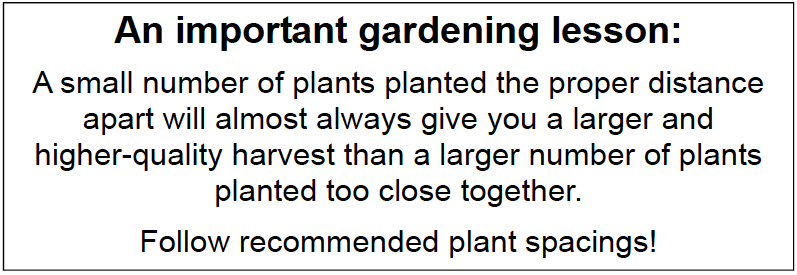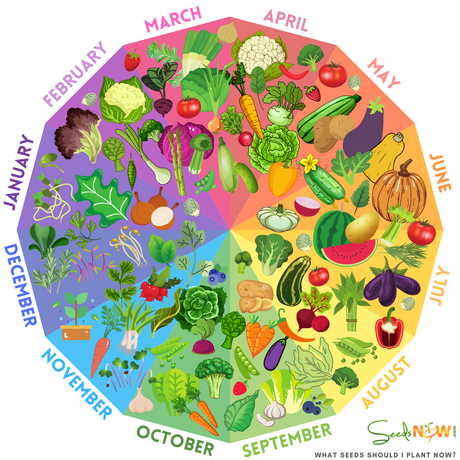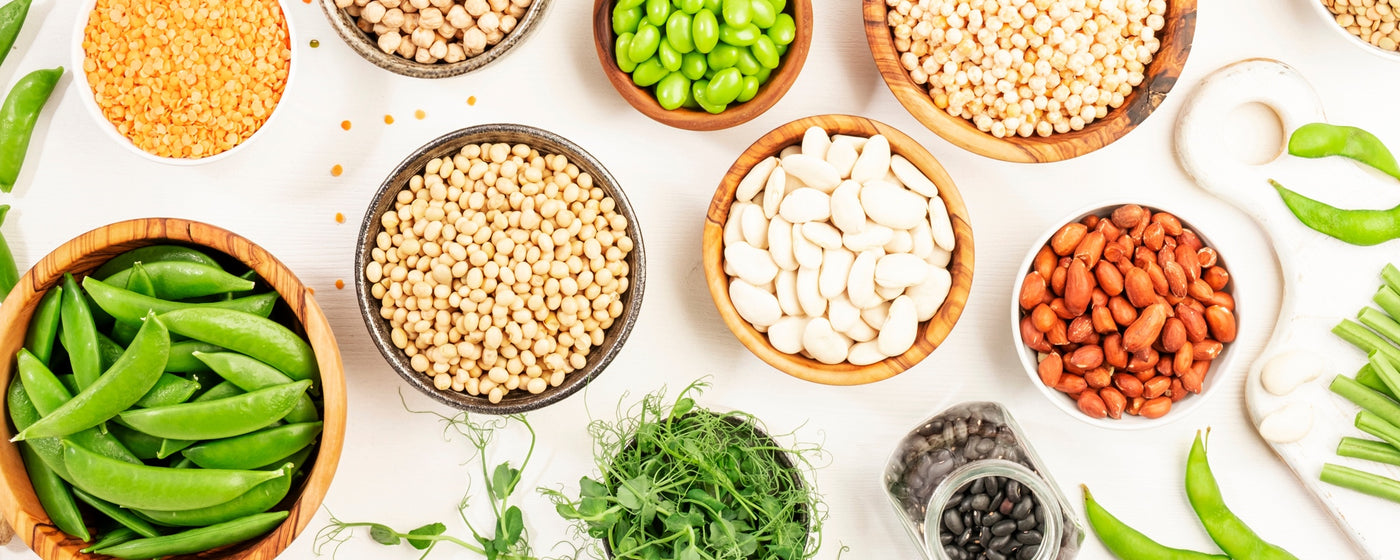
If, like most gardeners, you want to make sure to have good, full rows of plants, you will probably want to thin at least some of your vegetables, flowers, and herbs.
What is "thinning"?
You prepare for thinning by planting seeds more densely (meaning closer together) than you actually want your plants to grow. After the plants emerge from the soil, let them grow for a little while (a week or two, for most crops), then pull up some of the plants such that the remaining plants (the biggest, healthiest looking ones) are approximately the distance apart recommended.
Why thin?

While you may think you don’t want to waste seeds, seeds are generally inexpensive. It’s much better to plant seeds thickly and need to thin the resulting plants than to plant seeds far apart and find that too few of them have germinated to give you the crop you want.
Seeds also must literally push their way out of the soil. If you plant them close together, they help each other with this sometimes very difficult task.
In some cases, the plants that you pull out while you’re thinning can be transplanted elsewhere if desired. Broccoli, cabbage, kale, and their relatives fit in this category, as do a variety of other plants.
In other cases, the plants you pull out should just be added to the compost pile. Beets, carrots, parsnips, cucumbers, melons, and squash are among the plants that cannot be pulled out and planted elsewhere.
If you plant seeds densely, it is very important to make sure that you do thin the plants out. If you don’t, the plants will be too close together and will compete with each other for light, water, and nutrients. They will stay small and will not produce much of what you want (leaf, fruit, root, etc.).
A variation on thinning is the planting of plants in a small, dense seedbed. If, for example, you want to create warm growing conditions for basil seedlings, you can plant 50 or 100 seeds very close together (say, in a square 60 cm/24 in on a side), then cover them with a cold frame (see season extension techniques) or a floating row cover. When the plants are about 10 cm (4 in) tall, you can dig them all up and transplant them into rows so they are about 60 cm (24 in) apart. Once they’re that big, they can live without the extra heat.
Something similar is also commonly done for broccoli, cauliflower, cabbage, kale, collards, and related plants. For these plants, the purpose of the cover is not extra heat but protection from flea beetles (see pests). The flea beetles can eat the very small seedlings to death, but not the larger transplants.

Click here to view Planting & Spacing Cheat Sheet














































